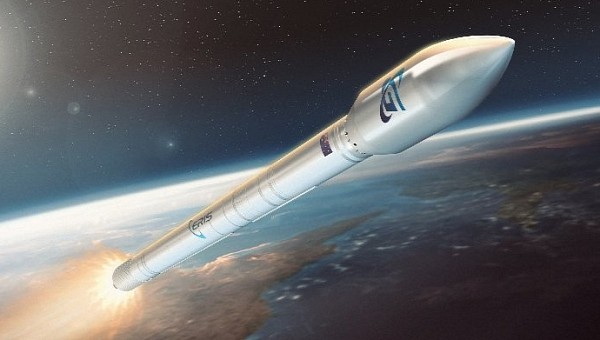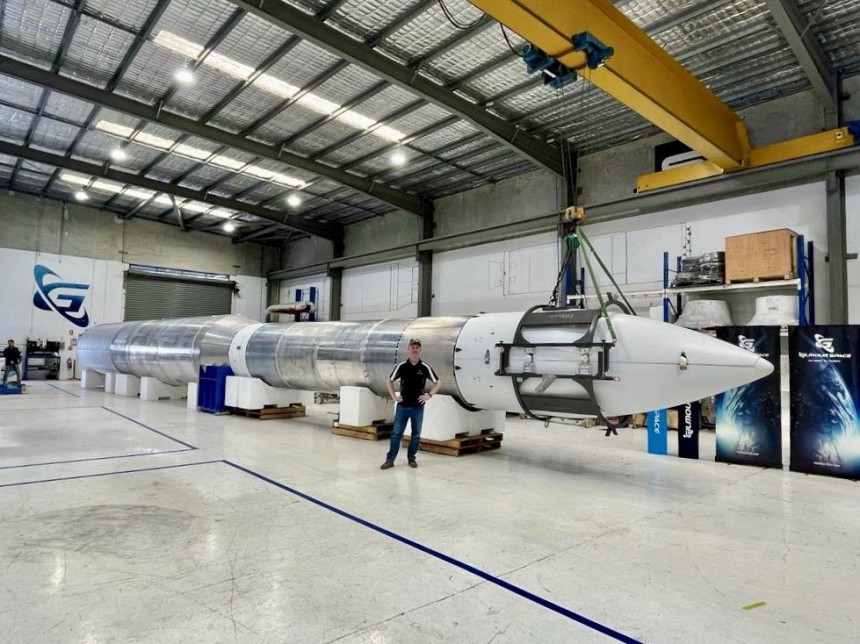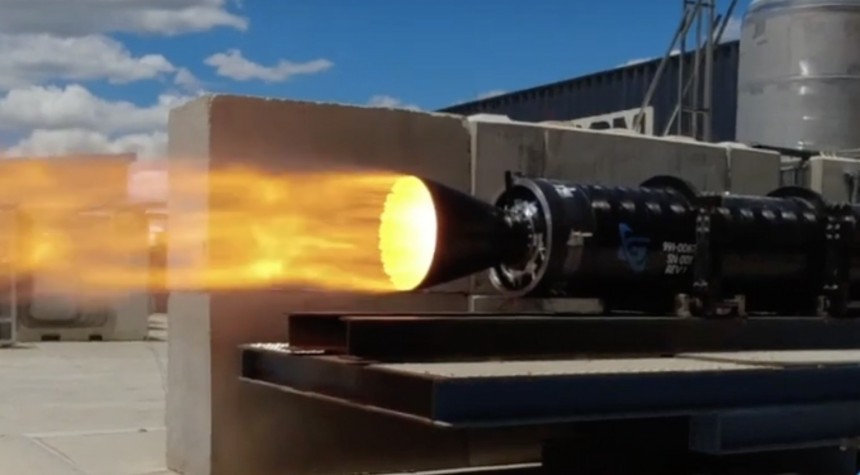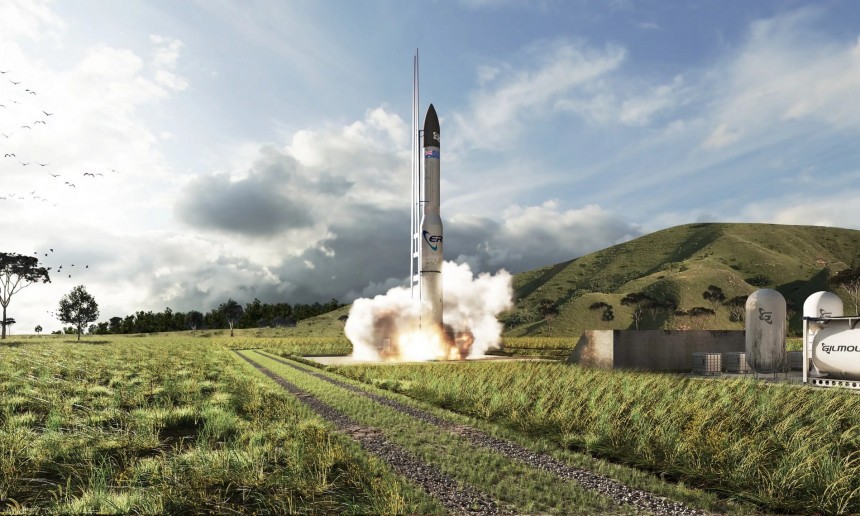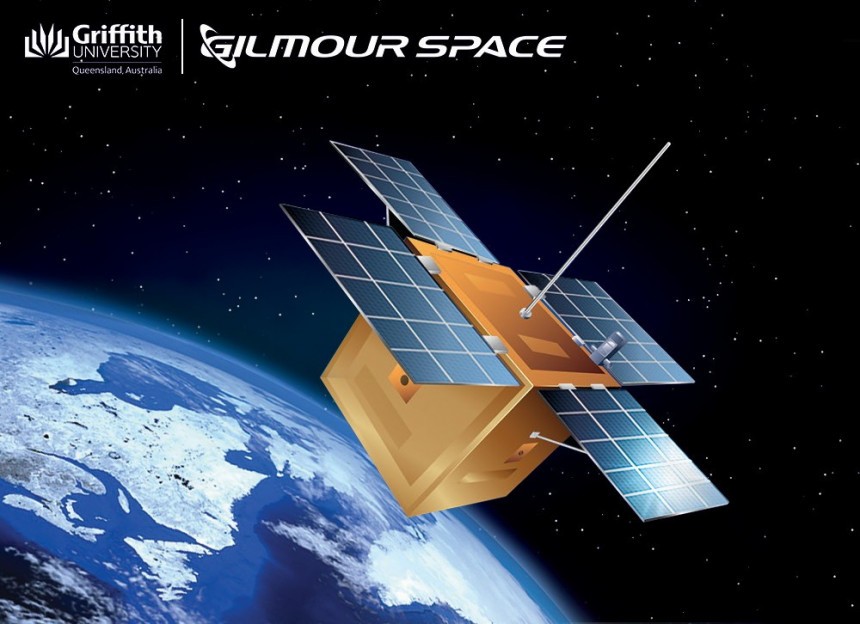In the 1960s, space travel, be it human-crewed or satellites, was the domain of superpower governments and their propaganda machines. In the 2010s, these privileges were handed to an upper echelon of the wealthiest private upstart aerospace firms on the planet.
Though nearly every great global superpower fields a space program these days, it'd be wrong to say space rockets and all the goodies carried inside them are something the average Joe has access to. Well, not if Gilmour Space Technologies of Queensland, Australia, has anything to say about it.
Should their efforts succeed, space launch access for non-billion-dollar companies could be fast approaching. To preface, this doesn't mean that your eccentric, mad scientist-adjacent neighbor will soon finance his own James Webb Space Telescope and launch it aboard some Australian startup firm's booster rocket. But from a smaller-scale microsatellite perspective, the price of entry might drop significantly at Gilmour's hands.
That's a lot of bold claims in just a couple of paragraphs. But what reasons do we have to believe that Gilmour Space's claims are legitimate? Well, some background information about the company's history would do wonders for finding out. Adam Gilmour, GST's founder, and CEO, has more than a couple of things in common with other venture capital space contractors like Elon Musk.
A native of Queensland himself, Gilmour comes not from an aerospace background but one immersed in the fast-paced and cutthroat crucible of finance. With a degree in banking and finance from Australia's Monash University, Gilmour spent over 20 years working in a management role for Citi Bank, often corresponding with company executives at the bank's New York City headquarters.
Definitely some impressive business credentials, but what about any of this transfers over to the aerospace sector? If you were to ask Adam, we can only assume he'd say all it took was a boyhood fascination with spaceships. A life-lasting passion that's evolved into a desire to see humans living and working throughout the Solar System. Gilmour's said as much during interviews with the press.
But a man with financial know-how and a brilliant idea for a microsatellite deployment system is, well, just that. But starting in 2012, Andy Gilmour decided to make his ideas jump from his own head into our mortal reality. With the help of some of Australia's brightest minds in aerospace, keep in mind.
The company traces its roots to Singapore but moved its HQ to the suburban town of Helensvale in the Queensland City of Gold Coast. In the beginning, the company was contracted to build exquisitely detailed spacecraft simulators for museums across Australia. These endeavors no doubt kept the lights on until 2015, when real rocket science could begin.
The name of the game for Gilmour Space was not to cannibalize SpaceX's or Blue Origin's market share. Rather, it's to come to the aid of a breadth of international aerospace manufacturers perfectly capable of fielding fleets of microsatellites. The spirit of innovation is strong with these micro-sat manufacturers, but the quantity of launch hardware can be the opposite at times.
Forget billion-dollar per-launch platforms like SLS or Starship. Even a typical Falcon 9 medium-lift booster launch can cost upwards of $67 million per launch. By servicing satellite manufacturers that are often ignored by government space agencies and the private sector, Gilmour hopes to stake his claim in the land of the rocketeers.
This brings us to the real meat and potatoes of Gilmour Space; their in-house designed and manufactured sub-orbital and Low-Earth-Orbit-capable booster rockets. All of these novel boosters are powered by Gilmour's proprietary hybrid-propellant rocket engines.
By combining the controllability of liquid-fueled rockets and the sheer savage acceleration of solid fuel, Gilmour hoped their Reusable Ascent SeparaTion Article (RASTA) sub-orbital sounding rocket would be the first step towards commercial micro-sat delivery operations. Launched in 2016, the first RASTA test rocket reached an apogee of five km (3.1 m) before falling back to Earth.
This first successful test was merely a prelude to what was to come afterward. Though much of Gilmour Space's proprietary rocket technology is a closely guarded secret, it's all at least been developed with the spirit of scalability in mind. Meaning that what might not have looked all that impressive to NASA junkies back in 2016 might make these same people eat humble pie in the very near future.
Thus, we come to the truly exciting part of Gilmour Space's R&D work. The almighty, all-Australian, Gilmour Space Eris. A triple-stage, small-lift booster rocket with a projected payload capacity of 305 kg (672 lbs). As of January 2023, the first test launch of the Eris prototype is slated for April of this year. Should all go according to plans, upgraded platforms capable of carrying 450 or even 1000 kg should follow suit.
As for the Eris rocket's first prototypes, they'll sport dimensions of 25 meters (82 feet) tall with a diameter of two meters (6.5 feet). That's the same ballpark as some of the earliest experimental American booster rockets from the dawn of spaceflight, like the Chrysler-built Juno I. The first American booster rocket to deliver an artificial satellite to Low Earth Orbit.
With a total payload during the launch of the Explorer 1 satellite of only 11 kg (24 lbs) for the Juno I rocket, Eris's base payload already kicks the snot out of the early American space program. With the benefit of modern guidance, avionics, and maneuvering capabilities courtesy of modern microchips, it's a good bet that the Eris program will be far less of a dumpster fire than the earliest days at NASA were.
Then again, when your entire fleet of space rockets is derived from ballistic missiles meant to vaporize the Soviets, the bar was pretty low back in the late 50s. In any case, it should be evident now why Gilmour Space's launch technology is nothing to quip at or trifle with. During the early space program, NASA would have killed for the capability the Eris launch platform presents. Even if just it's just on paper for the moment.
That's why, if you ask us, the most exciting company taking rocket aerospace by storm in 2023 isn't Airbus, Blue Origin, Lockheed Martin, or even SpaceX.
In terms of affordable, utilitarian payload to Low Earth Orbit capability for the masses, Gilmour Space and their Eris might be as important as the original VW Beetle and Fiat 500 are to the world of cheap cars.
Don't feel bad if Gilmour Space wasn't on your radar in 2022. It can be quite difficult for upstart aerospace firms to gain international attention in spite of SpaceX and Blue Origin's success. Well, they're on your radar now. You can thank us later.
Should their efforts succeed, space launch access for non-billion-dollar companies could be fast approaching. To preface, this doesn't mean that your eccentric, mad scientist-adjacent neighbor will soon finance his own James Webb Space Telescope and launch it aboard some Australian startup firm's booster rocket. But from a smaller-scale microsatellite perspective, the price of entry might drop significantly at Gilmour's hands.
That's a lot of bold claims in just a couple of paragraphs. But what reasons do we have to believe that Gilmour Space's claims are legitimate? Well, some background information about the company's history would do wonders for finding out. Adam Gilmour, GST's founder, and CEO, has more than a couple of things in common with other venture capital space contractors like Elon Musk.
A native of Queensland himself, Gilmour comes not from an aerospace background but one immersed in the fast-paced and cutthroat crucible of finance. With a degree in banking and finance from Australia's Monash University, Gilmour spent over 20 years working in a management role for Citi Bank, often corresponding with company executives at the bank's New York City headquarters.
But a man with financial know-how and a brilliant idea for a microsatellite deployment system is, well, just that. But starting in 2012, Andy Gilmour decided to make his ideas jump from his own head into our mortal reality. With the help of some of Australia's brightest minds in aerospace, keep in mind.
The company traces its roots to Singapore but moved its HQ to the suburban town of Helensvale in the Queensland City of Gold Coast. In the beginning, the company was contracted to build exquisitely detailed spacecraft simulators for museums across Australia. These endeavors no doubt kept the lights on until 2015, when real rocket science could begin.
The name of the game for Gilmour Space was not to cannibalize SpaceX's or Blue Origin's market share. Rather, it's to come to the aid of a breadth of international aerospace manufacturers perfectly capable of fielding fleets of microsatellites. The spirit of innovation is strong with these micro-sat manufacturers, but the quantity of launch hardware can be the opposite at times.
This brings us to the real meat and potatoes of Gilmour Space; their in-house designed and manufactured sub-orbital and Low-Earth-Orbit-capable booster rockets. All of these novel boosters are powered by Gilmour's proprietary hybrid-propellant rocket engines.
By combining the controllability of liquid-fueled rockets and the sheer savage acceleration of solid fuel, Gilmour hoped their Reusable Ascent SeparaTion Article (RASTA) sub-orbital sounding rocket would be the first step towards commercial micro-sat delivery operations. Launched in 2016, the first RASTA test rocket reached an apogee of five km (3.1 m) before falling back to Earth.
This first successful test was merely a prelude to what was to come afterward. Though much of Gilmour Space's proprietary rocket technology is a closely guarded secret, it's all at least been developed with the spirit of scalability in mind. Meaning that what might not have looked all that impressive to NASA junkies back in 2016 might make these same people eat humble pie in the very near future.
As for the Eris rocket's first prototypes, they'll sport dimensions of 25 meters (82 feet) tall with a diameter of two meters (6.5 feet). That's the same ballpark as some of the earliest experimental American booster rockets from the dawn of spaceflight, like the Chrysler-built Juno I. The first American booster rocket to deliver an artificial satellite to Low Earth Orbit.
With a total payload during the launch of the Explorer 1 satellite of only 11 kg (24 lbs) for the Juno I rocket, Eris's base payload already kicks the snot out of the early American space program. With the benefit of modern guidance, avionics, and maneuvering capabilities courtesy of modern microchips, it's a good bet that the Eris program will be far less of a dumpster fire than the earliest days at NASA were.
Then again, when your entire fleet of space rockets is derived from ballistic missiles meant to vaporize the Soviets, the bar was pretty low back in the late 50s. In any case, it should be evident now why Gilmour Space's launch technology is nothing to quip at or trifle with. During the early space program, NASA would have killed for the capability the Eris launch platform presents. Even if just it's just on paper for the moment.
In terms of affordable, utilitarian payload to Low Earth Orbit capability for the masses, Gilmour Space and their Eris might be as important as the original VW Beetle and Fiat 500 are to the world of cheap cars.
Don't feel bad if Gilmour Space wasn't on your radar in 2022. It can be quite difficult for upstart aerospace firms to gain international attention in spite of SpaceX and Blue Origin's success. Well, they're on your radar now. You can thank us later.
